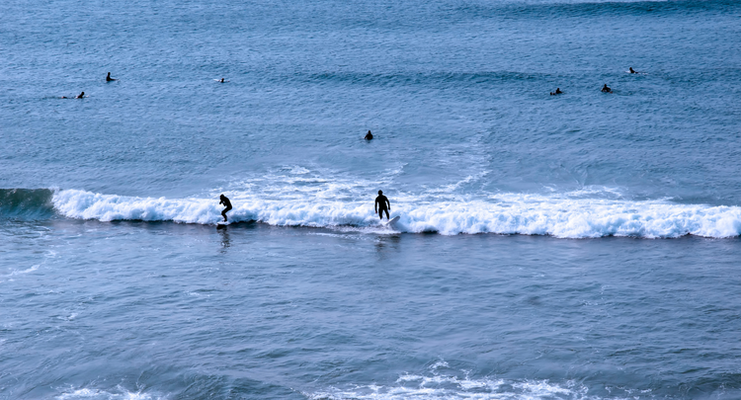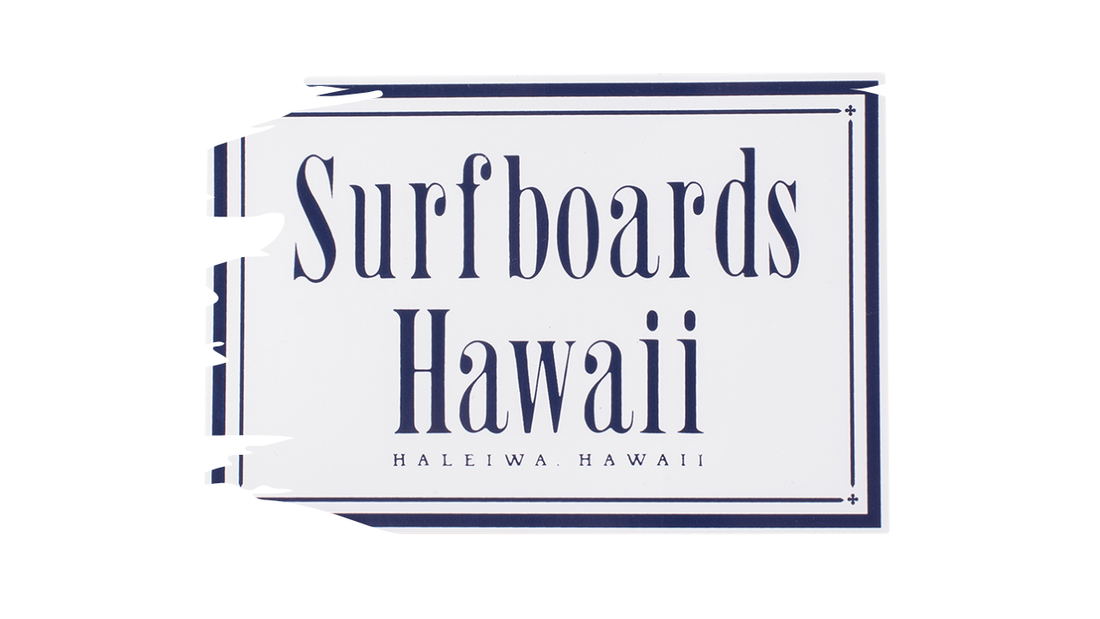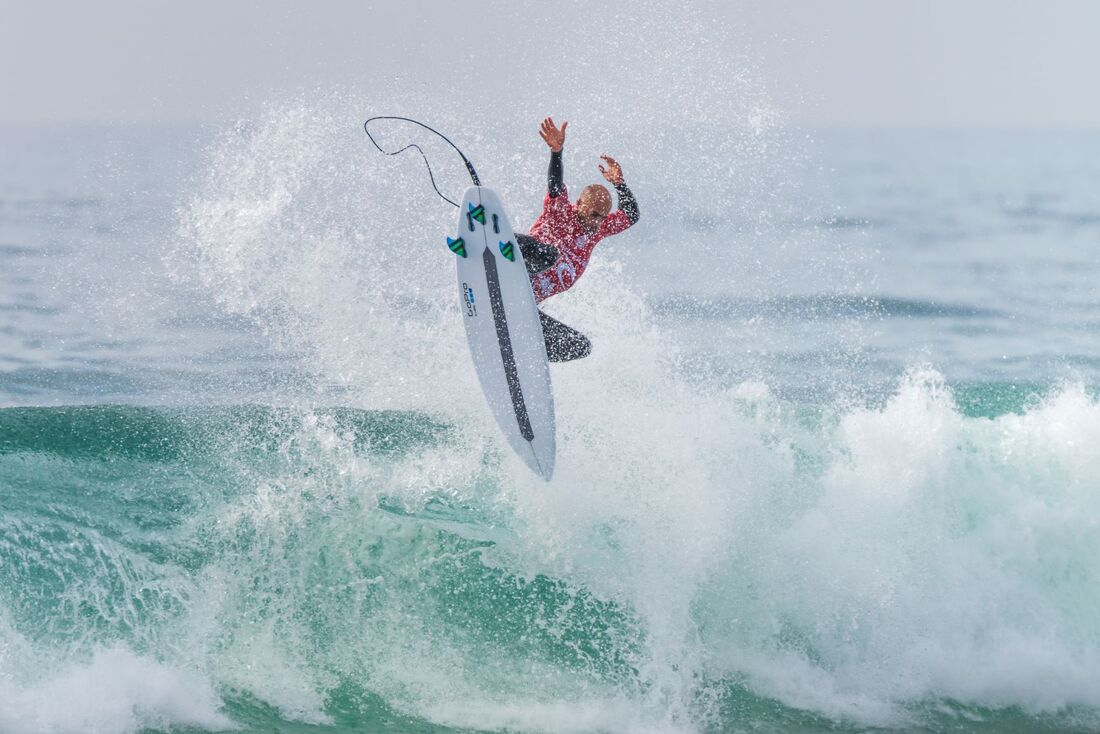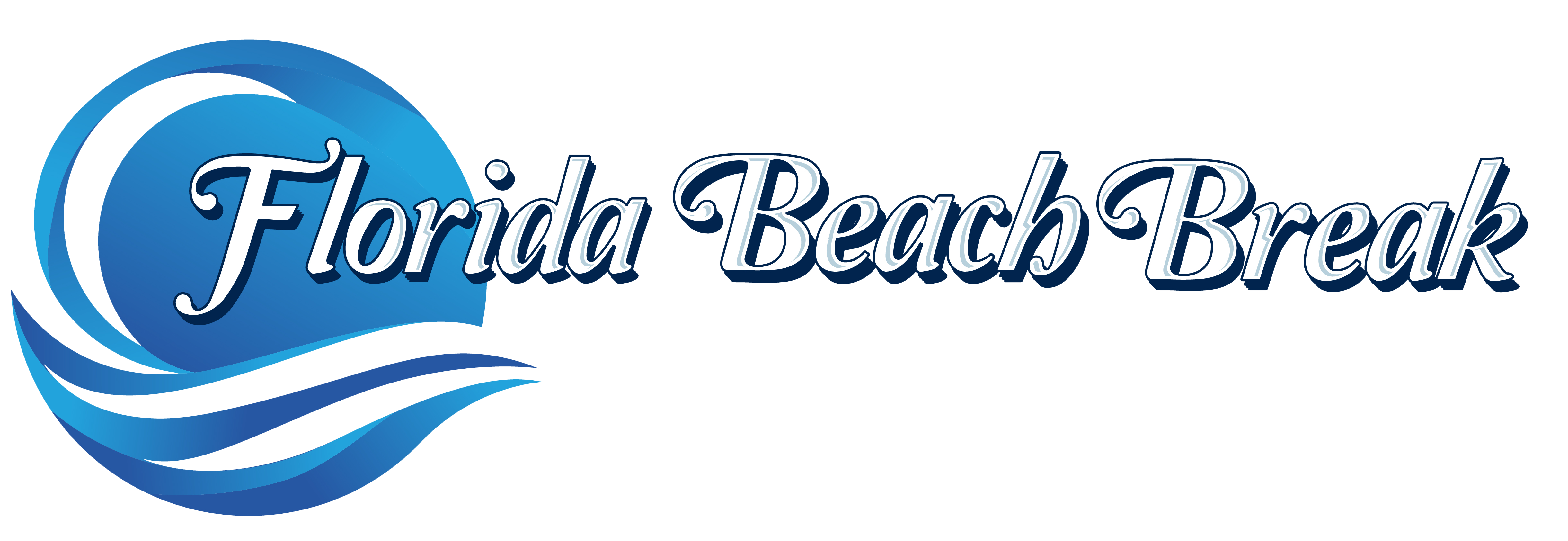
Florida is synonymous with sun, sand, and surf. The latter started with the work of one man, Dick Catri. The Godfather of East Coast Surfing. With career highlights such as riding for legendary surfboard shaper Hobie, surfing in several U.S. Championships, the 1967 Duke Kahanamoku Invitational in Hawaii, representing the United States at the 1968 World Contest and being a Surfing Hall of Fame inductee, what he is remembered most for is being the spark to legitimize Florida as a player in the international surfing world.
Dick Catri, born in New Jersey, was transplanted to Miami as a child and grew up a Floridian. Early life for Catri was typical with school life, an emphasis on sports, and a job. However, it was in the ocean where Catri found himself most at home spending his spare time snorkeling the crystal clear waters off the cost of Miami. After high school, with a college football scholarship pulled off the table due to a broken ankle, he took a job as a pool boy in Miami Beach for Bert Williams, prodigy of Olympic springboard diving coach Sammy Lee. In his spare time, Catri followed Bert’s influence and began diving. Upon turning diving pro, he appeared on a CBS special with Arthur Godfrey.
Oddly enough it was not the television program that would change his life forever, it was his diving partner.
Jack “Murph the Surf” Murphy became Dick Catri’s diving partner. With California roots, Murph chased surf when he wasn’t diving. Through hanging and surfing with Murph, Catri reignited his love for the ocean. In the late 50’s, Jack and Dick decided to take a surf trip up the coast in search of better waves than Miami offered up. Looking at the coastline on a map, they agreed upon Cape Hatteras, North Carolina. When recalling their trip up the Florida coast, Dick said “We stopped in every beach from Miami to Ft. Pierce along the way, and we got some little waves, maybe two feet, but we figured it was going to get better the further north we went. We got all the way to Melbourne and pulled into Indialantic, and when we got there, it was six foot and glassy. It was the best surf we had seen. So we went out surfing, and we ended up staying there for almost a month.” The pair never made it up to North Carolina.
After realizing surfing was Catri’s calling, he split from Murph the Surf and decided to pursue his salt water dreams in the legendary waves in Hawaii. There’s no place in the world more dangerous to surf than Hawaii. Hawaii’s waves break over shallow, razor sharp reefs and are still the proving ground for surfers to this day.
Catri was the first east coaster to surf the famous surf breaks of Pipeline, Makaha, and Waimea. Because of Catri’s background in free diving off the coast of Florida growing up, he felt confident he could survive the violent wipeouts and extended breath holds needed to pursue surfing the winter swells on the North Shore of Oahu. When asked about surfing twenty five foot waves at Waimea, Catri stated “I was out at Waimea Bay one time, the entire wall was full of people and it was 25 foot plus, but I wasn’t not going to ride a wave because everybody would have said, ‘Oh, he’s just a kook from the East Coast.’ So I took off, and I made waves.”

Even in situations with life threatening consequences in front of hordes of onlookers standing on the cliffside wall above Waimea, Dick Catri was determined to bring a good name to his home on the East Coast. Showing his grit, talent, and determination in the water, Dick gained the respect of the locals. He met legendary shaper Dick Brewer who, not long after meeting, asked him to work in the Surfboards Hawaii factory when the waves were flat. Learning sanding, polishing, ding repair, and eventually shaping, Dick was confident in his ability to survive in the surf industry as not only a professional surfer, but also a shaper.
After a few seasons in Hawaii, he would bring both talents back to Florida and opened a surf shop in Satellite Beach.
Upon returning to the Space Coast, Catri discovered that surfing had grown considerably since he had left. With Hollywood classics such as “Gidget” and Bruce Brown's “Endless Summer” glorifying the cruisy beach life, coupled with the Space Coast’s population boom thanks to the space program moving in, surfing was quickly becoming the favorite past time and local talent began budding.
With Catri’s shop set up, Dick Brewer made him the East Coast distributor for Surfboards Hawaii with the company’s popular “noserider” model hitting shelves. Looking at the fresh local talent coupled with Brewer’s new noserider, Dick saw the potential from pairing the two and created a surf team. Dick took the experience he had gained surfing waves in Hawaii to coach the local talent to new levels, raising the bar far above any other East Coast surfer.
For an entire year, Catri drove the team up and down the East Coast, hitting surf breaks and putting on demos driving surf fans wild. With the explosion of these demos and interest from the local beach communities all over, the Eastern Surfing Association formed a 12 stop contest circuit that Dick Catri and his team were primed for. When it was all said and done Dick stated, “It went so well that by the time we got to Virginia Beach for the East Coast Surfing Championships, we won something like seventy trophies. We dominated all divisions.” With total domination, heads in the surf industry were all turned towards Dick Catri, who in 1966 left Surfboards Hawaii and signed with the legendary shaper Hobie.
In 1967, Dick Catri reached the height of his personal competitive career with the honor of being invited to the Duke Kahanamoku Invitational in Hawaii.
Duke Kahanamoku is one of Hawaii’s most respected sons and known as the “Father of Modern Surfing." An all out master waterman, the list of Duke's accomplishments makes anyone's head spin: three Olympic gold medals, two silver medals, one of the original surfers who helped popularize surfing in Australia, sheriff of Honolulu, actor alongside John Wayne in Wake of the Red Witch, and inducted into the International Swimming Hall of Fame, the Surfing Hall Of Fame and the U.S. Olympic Committee Hall of Fame. For an East Coaster, being invited to surf in Duke Kahanamoku’s contest, along with legendary surfers Eddie Aikau, Ben Aipa, Corky Carroll, Mickey Dora, Jeff Hakman, Greg Noll, Jock Sutherland, amongst others was quite the honor. While Dick did not win the contest, he turned new heads, reconnected with respected Hawaiian’s and reminded the world that Florida belonged on the international surfing platform.
After cementing himself in the history books, Dick Catri brought it all back home once again to the place he found those glassy six foot waves on his trip with Murph the Surf a decade earlier. Catri opened Shagg’s Surf Shop on the corner of A1A and 5th Avenue in Indialantic, and in 1968 left Hobie to start Dick Catri Surfboards. Throughout the '70’s Catri turned his focus to his local community not only through his shop but also political activism.
At the time surfing was illegal at Sebastian Inlet which landed many surfers with fines or jail time when the swell turned on.
Through trips to city council meetings, Department of Law Enforcement, and to the Florida capitol in Tallahassee, Dick was able to convince the state to lift the ban on surfing at the Inlet. Brevard County’s prized wave was now open to share the stoke thanks to Catri’s efforts.
Looking forward, Catri continued to watch surfing grow and sought to help foster its growth further. He organized a professional contest circuit that showcased ideals such as prize money, predetermined heats leading to man on man competition through quarters, semis and finals, and a rulebook all surfers had to abide by during competition. Catri's vision for professional surfing was so on point that when visiting Australian pros Ian Cairns and Peter Townend saw this, they incorporated it into their formation of the ISP which became the ASP, the governing body of professional surfing. Catri also put together the Easter Surfing Festival in Cocoa Beach that continues to be a mainstay today.
For a man who had conquered so much in both his professional competitive career and for the public surf community, what was left for Catri to do?
He found the answer in mentoring youth. Catri formed a menehunes (youth surf) team with local surf standouts Todd Holland, David Speir, Sean Slater, and Sean's little brother, Kelly Slater. Always the innovator, Catri pioneered advanced coaching methods, hosted weekly team workouts and filmed the team surfing to go over footage later that day. This allowed the team to, which Kelly will admit to this day, focus on what their body was doing while they were surfing and become hyper aware. Catri’s magnum opus to surfing flourished over the next few decades as his student, Kelly Slater, would go on to win an unprecedented 11 world titles and become the greatest competitive surfer the world has ever seen.
 Kelly Slater
Kelly Slater
Since those days, Catri took a step back to enjoy his golden years while still running the Easter Surf Classic and helping create the East Coast Surfing Hall Of Fame. Dick Catri lived out the rest of his life In Melbourne Beach, enjoying the same stretch of coast that he had fallen in love with while traveling with Murph the Surf so many years before.
Dick Catri, Godfather of East Coast Surfing 1938-2017
